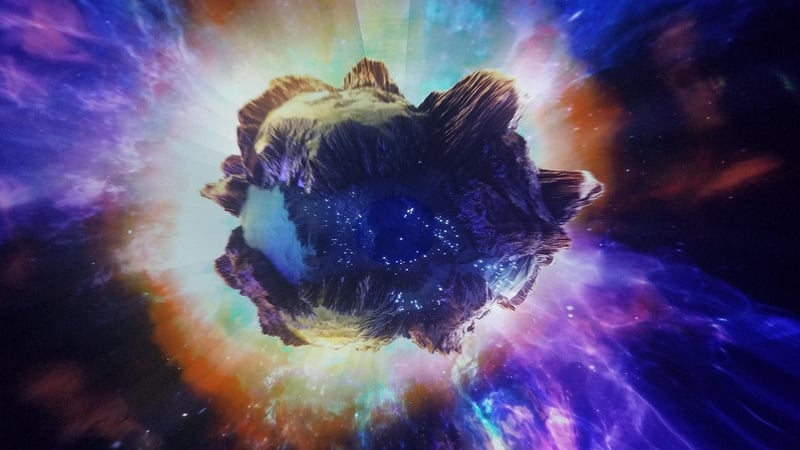Cosmic Habitats
Settlements in Outer Space and Cosmic Habitats
As humanity leaps forward in space exploration, the concept of establishing settlements in outer space is becoming increasingly plausible. From moon bases to Mars colonies, the idea of living beyond Earth is no longer confined to science fiction. Let's delve into the possibilities of settlements in outer space and the intriguing concept of cosmic habitats.
1. Moon Bases
The Moon stands as the closest celestial body to Earth and thus serves as a natural stepping stone for human space exploration. Establishing a moon base could facilitate further missions into deeper space while providing a testing ground for technologies essential for long-duration space travel.

2. Mars Colonies
Mars, with its similarities to Earth, has captured the imagination of scientists and space enthusiasts alike. Creating colonies on Mars presents a unique set of challenges, from radiation exposure to extreme temperatures, yet offers the potential for sustainable living beyond our home planet.

3. Asteroid Mining Stations
Asteroid mining stations represent a futuristic vision where resources from asteroids are extracted to fuel further space exploration and support settlements in outer space. These stations could serve as hubs for processing minerals and metals, essential for constructing and sustaining cosmic habitats.

4. Cosmic Habitats
Cosmic habitats encompass a broad range of concepts, from space stations to self-sustaining habitats in the depths of space. These habitats could mimic Earth-like conditions, providing a comfortable environment for humans to thrive in the harsh vacuum of space.
With advancements in technology and a growing interest in space exploration, the dream of establishing settlements in outer space and creating cosmic habitats is edging closer to reality. The challenges are immense, but so too are the possibilities that lie beyond Earth's boundaries.
